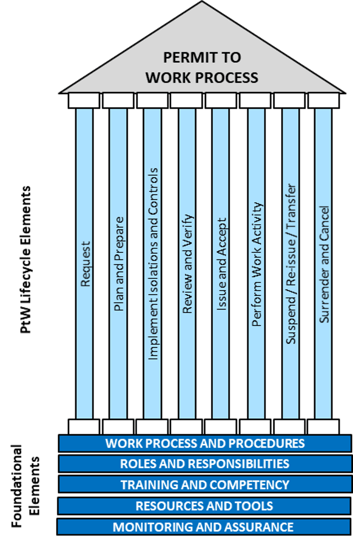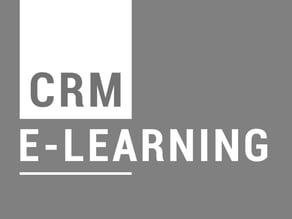Permit systems are an important part of work control at operating facilities where equipment is handed over from the permit issuer to the permit receiver. Auditing them is an important component of driving performance across the workflow, from work execution to risk assessments, isolations, permit/certificate issuing, monitoring of the worksite, and handover back to operations.
An effective system for Permitting auditing includes:
- regular high-frequency reviews of permits (typically performed by experienced internal personnel)
- and lower frequency external reviews (e.g. every 3 years) of the system to determine if it is fit for purpose and aligned with good practice.
Internal Auditing should focus on the quality of the permit to ensure the steps within the process have been followed, documentation is in order and risk assessments have been completed to a sufficient quality. External audits should be structured around the workflow and supporting systems. The IChemE Safety Centre has presented the following Permit model which is a useful framework for external auditing.

A structured audit process against the 8 lifecycle elements and 5 foundational elements can yield meaningful results. Here are some of the findings we have come across during our auditing activities:
Some Lifecycle Element Findings
Permit Request - simplification opportunities, samples of good permits available to permit issuer, Work approved but contractor training not completed or certificates not checked/available.
Plan and Prepare - last minute permits, poor quality JSAs, overuse of JSA libraries, JSAs are not specific to the job, accuracy of control owners, Toolbox quality.
Implement Isolations and Controls - lack of isolation standards based on service, unclear roles and responsibilities, verification of isolations pre-permit issuing, linkage of single isolation plan to multiple permits, isolation tracking, Isolations documents are processed separately from PtW, cross-referencing between PtW and isolation permits.
Review and Verify - authorisation requirements are based on risk, permits prepared are not completely checked by the permit issuer, and Gas testing done at the start of the shift does not represent conditions at the time of work commencing.
Issue and Accept - permit issuing timing (when resources are limited), toolbox delivery and quality requirements, advance notice of permits, cross referencing requirements.
Perform Work Activity - responsibilities for monitoring permit conditions at the work site.
Suspend/ Issue / Transfer - formally suspending permits for remote work from the permit office.
Surrender/ Cancel - ensuring field operator involvement in end-of-job inspection.

|

|

|
| This CRITICAL RISK MANAGEMENT E-LEARNING course is for Directors and Executives. FIND IT HERE! |
Find out more about the discounted PROCESS SAFETY ESSENTIALS PACK HERE! |
Find out about our next PROCESS SAFETY FOUNDATIONS course HERE |
Some Foundational Element Findings
Work Process & Procedures - work done without a permit, minimum JSA standard, transfer of work requirements, scope of PtW system, clear triggers, simplicity vs complexity, guidance documentation suitable for field personnel. suitability of the system for different environments (e.g. retail vs industrial)
Roles and Responsibilities - limited internal resources available to conduct permit audits, verification of isolations, use of non-operations staff for key PtW roles, permit issuer responsibilities for remote locations (to permit office), Overlapping responsibilities.
Training and Competency -training for permit issuers, receivers, isolating authorities and contractors.
Resource and Tools - no dedicated permit facility with appropriate resources, electronic vs paper-based system, use of visual boards,
Monitoring and Assurance - insufficient internal auditing of permits (e.g. 10%), development of KPIs, use of corporate personnel vs site personnel in the assurance process, sharing of learnings from audits to operations.
We have developed a Permit to Work Checklist which we use within our auditing activities. Click this link to get a copy.
Ready to take your process safety strategy to the next level?
Ensure your SMS meets regulatory and operational requirements. Strengthen your management system through our Safety Management System Audits Service.
Have questions or need guidance? GET IN TOUCH with our team. We're here to help.